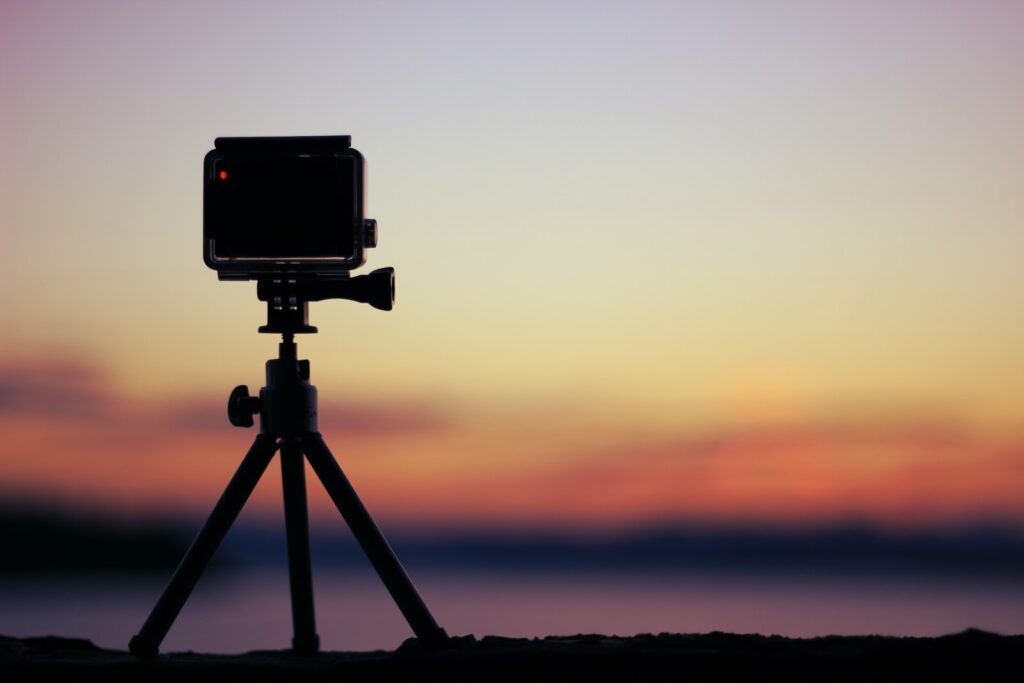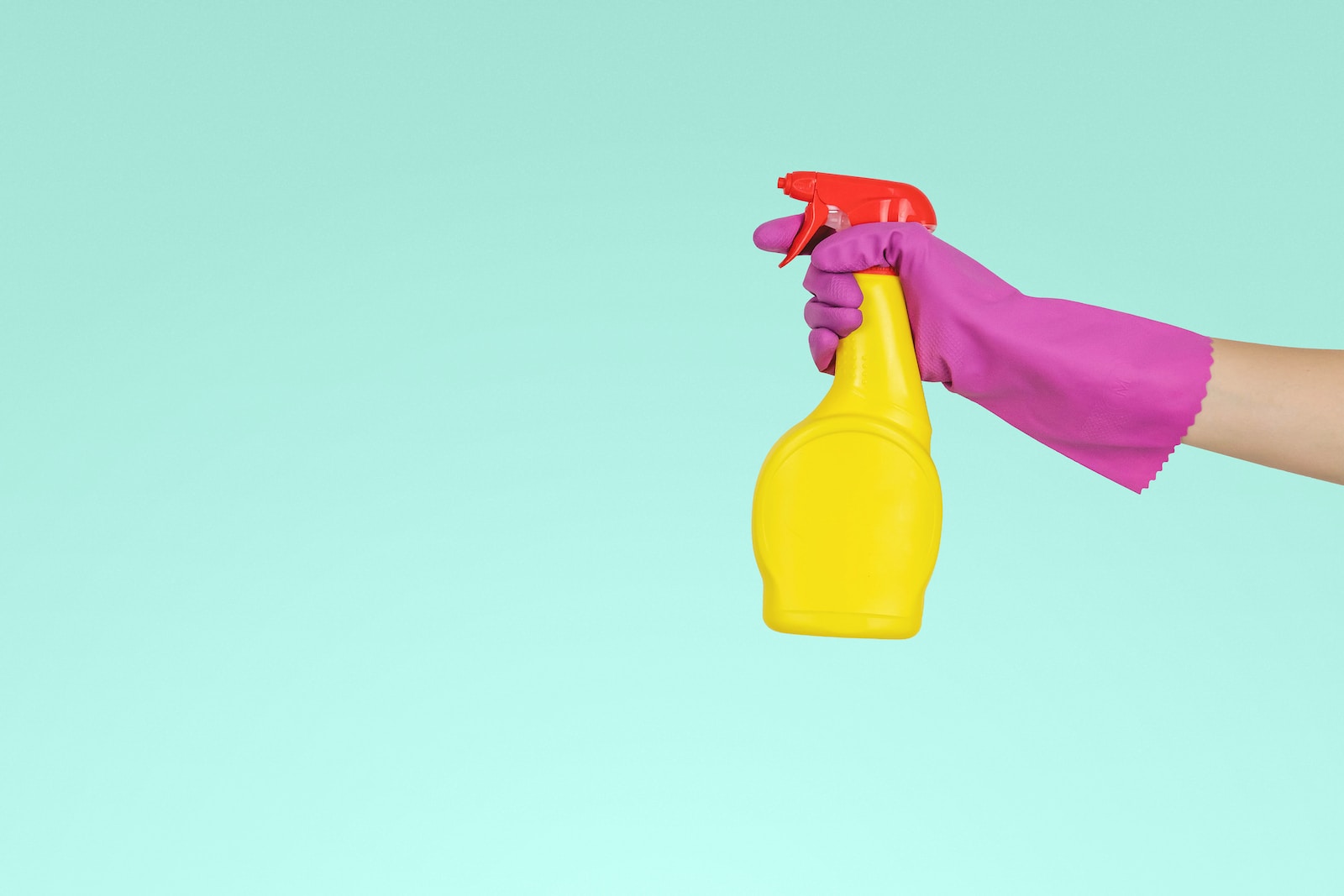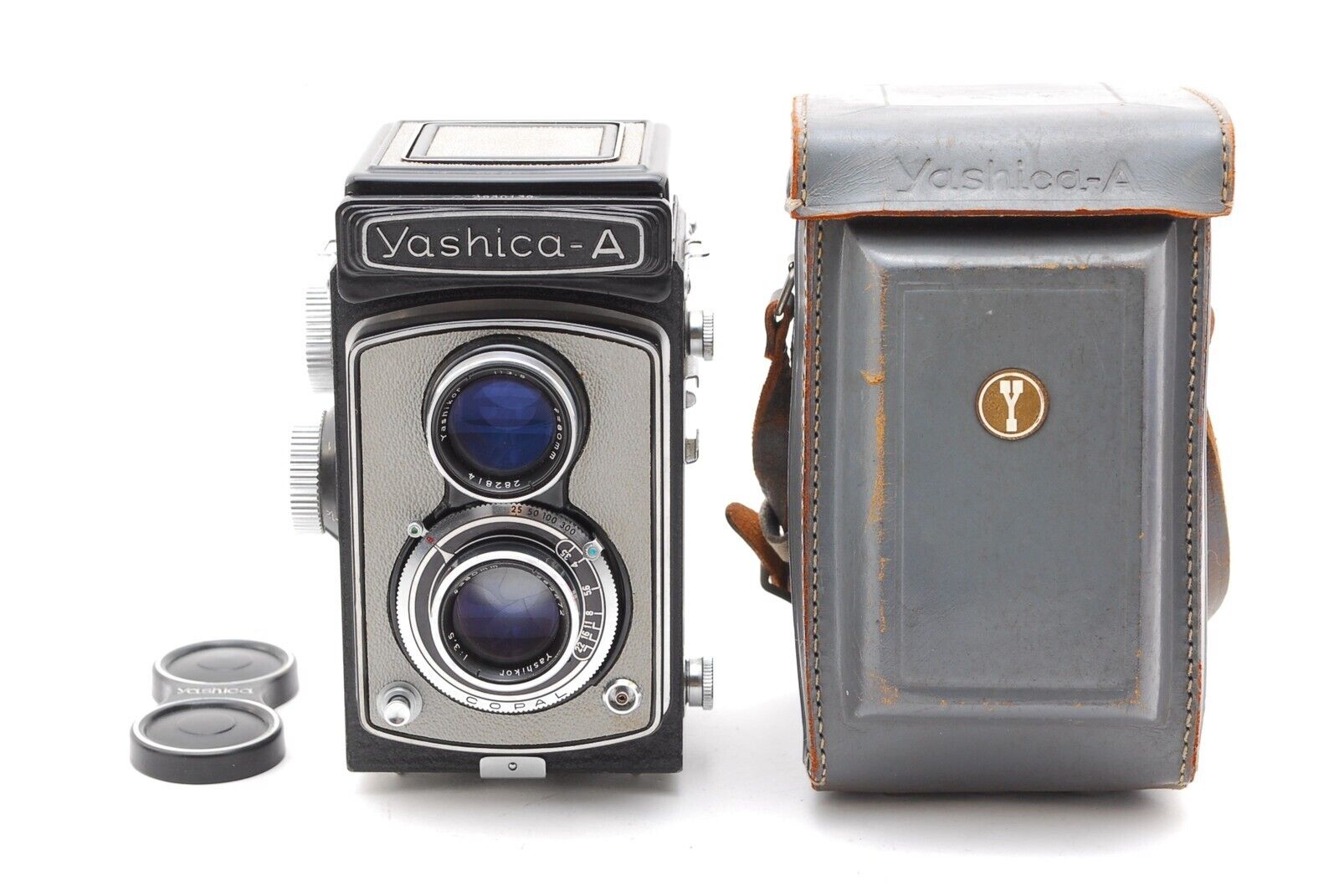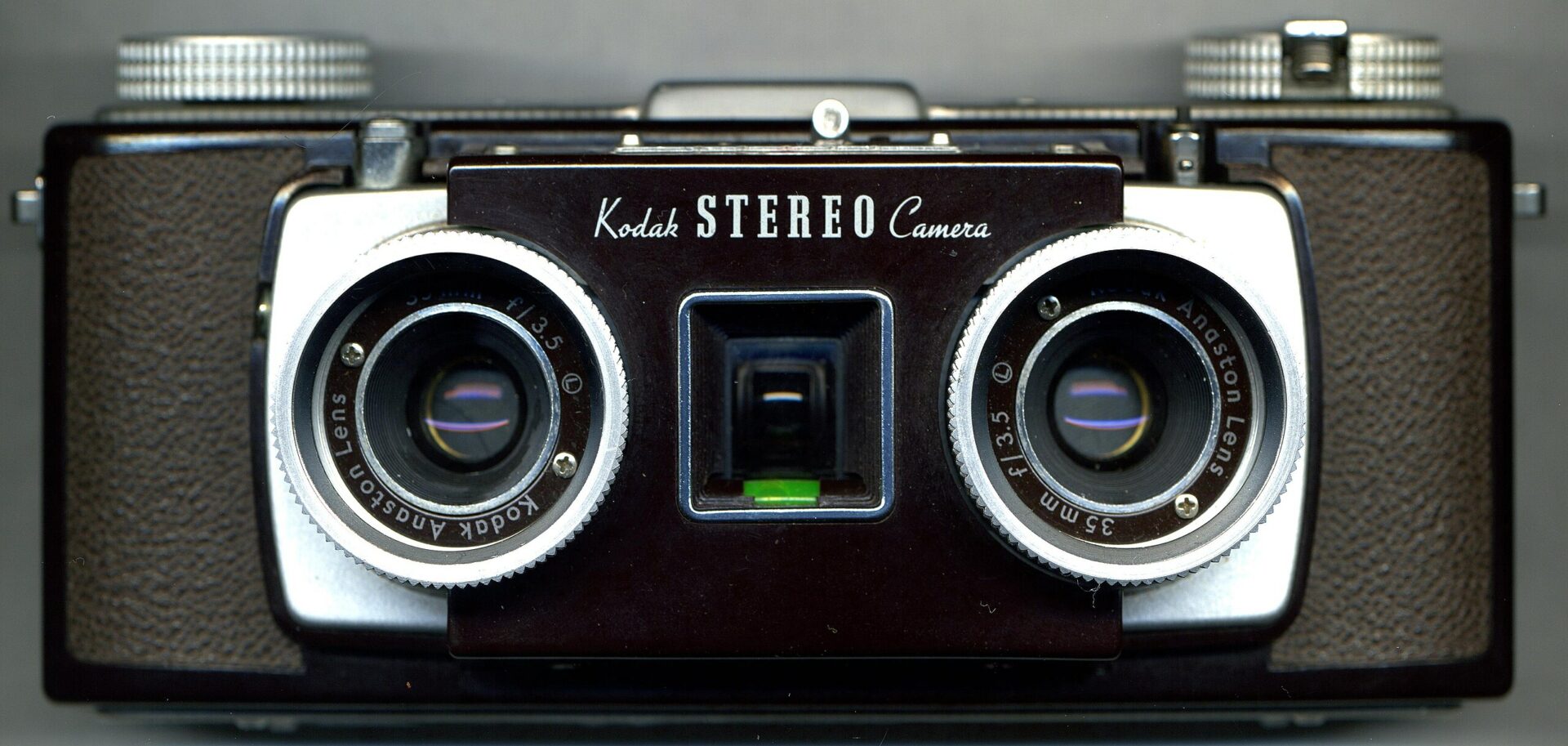Welcome to our blog on tripod cleaning and maintenance! In this guide, we will shed light on the often overlooked practice of caring for your tripod. Whether you are a professional photographer or an amateur enthusiast, keeping your gear in top condition is essential for capturing the perfect shot. From removing dirt and grime to lubricating moving parts, we’ll provide you with valuable tips and techniques to ensure your tripod remains in optimal shape. So, let’s dive in and learn how to give your tripod the care it deserves!
Table of Contents
The Importance of Tripod Cleaning and Maintenance
When it comes to photography gear care, tripods are frequently neglected. However, proper cleaning and maintenance are crucial for several reasons:
1. Extended Lifespan
A well-maintained tripod can serve you for many years. Regular cleaning removes dirt and debris that may scratch or damage delicate surfaces. Maintaining moving parts prevents stiffness or failure, ensuring smooth operation.
2. Enhanced Stability
A stable tripod is essential for sharp and blur-free images. Dust and dirt accumulation can compromise stability by affecting the grip and movement of tripod legs and joints. Regular cleaning ensures maximum stability, so you can focus on capturing stunning shots without worrying about wobbling or shaking.
3. Optimal Performance
A clean and well-maintained tripod is essential for achieving optimal performance. Smoothly functioning knobs, levers, and locks allow for easy adjustment of height, angles, and positions. By keeping your tripod in excellent condition, you can focus on composition and creativity rather than struggling with faulty equipment.
4. Professional Image
Just like clean lenses and spotless camera bodies, a tidy tripod reflects professionalism. Whether you are shooting for clients or sharing your work on social media, a well-maintained tripod conveys attention to detail and dedication to your craft.
Essential Tripod Cleaning Tools
Before we dive into the cleaning process, gather a few essential tools to make the job easier:
1. Soft-bristled Brush
A soft-bristled brush, like a clean makeup brush or a dedicated camera cleaning brush, is ideal for removing loose dirt and dust from your tripod. Be sure to choose a brush with soft bristles to avoid scratching any surfaces.
2. Microfiber Cloth
Microfiber cloths are gentle and effective at removing smudges, fingerprints, and oils from exposed surfaces. They are also great for wiping down your tripod after cleaning to ensure it’s free of any cleaning solution residue.
3. Compressed Air Blower
A compressed air blower is handy for removing dust and other small particles from hard-to-reach areas, such as joint hinges and crevices.
4. Isopropyl Alcohol
Isopropyl alcohol, also known as rubbing alcohol, is useful for removing sticky residue or stubborn grime. Dilute the alcohol with water to avoid damaging any painted or delicate surfaces.
Did you know that tripods were first used in the early 1800s for landscape and architectural photography?
Step-by-Step Tripod Cleaning Guide
Now that we have our cleaning tools ready, let’s go through the step-by-step process of cleaning and maintaining your tripod:
1. Preparing Your Workspace
Find a clean, well-lit area where you can comfortably work on your tripod. Lay down a soft cloth or towel to protect the legs and prevent any scratches or damage during the cleaning process.
2. Removing Loose Dirt and Debris
Start by using a soft-bristled brush to gently sweep away any loose dirt, dust, or sand from the tripod’s legs, joints, and other accessible areas. Take extra care around sensitive parts and connections.
3. Wiping Exposed Surfaces
Dampen a microfiber cloth with a small amount of isopropyl alcohol (diluted if necessary) and gently wipe down all exposed surfaces. This will remove oils, fingerprints, and any residue left behind by outdoor adventuHat
4. Cleaning Joint Hinges and Hard-to-Reach Areas
Use a compressed air blower to remove dust and debris from joint hinges, movable parts, and other hard-to-reach areas. Direct the air carefully to avoid blowing dust further into the tripod.
5. Lubricating Moving Parts (When Necessary)
If you notice any stiffness or difficulty when adjusting the tripod’s height or angles, it may be time to lubricate the moving parts. Consult your tripod’s user manual for specific instructions and use a suitable lubricant recommended by the manufacturer.
Regular Maintenance Tips
Regular maintenance goes hand in hand with proper cleaning. Here are some additional tips to keep your tripod in top shape:
1. Store Properly
When not in use, store your tripod in a clean and dry environment, preferably in a dedicated tripod bag or case. This protects it from dust, moisture, and accidental damage.
2. Check for Loose Screws and Parts
Periodically inspect your tripod for any loose screws or parts. Tighten them gently using the appropriate tools, following the manufacturer’s recommendations.
3. Avoid Excessive Weight and Stress
While tripods are designed to support the weight of your camera equipment, avoid exceeding the recommended weight capacity. Overloading your tripod can lead to instability, damage, or even accidents.
4. Regularly Inspect Rubber Feet and Pads
Inspect the rubber feet and pads on your tripod for any signs of wear or damage. Replace them if necessary to ensure maximum stability and grip.
By following these cleaning and maintenance practices, you can prolong the lifespan of your tripod and enjoy stable and precise shots for countless photography adventures ahead!

Caring for Your Tripod: A Cleaning and Maintenance Guide
As photographers, we invest a significant amount of time and money in our camera gear, making sure it is always in top condition. However, there is one crucial piece of equipment that often gets overlooked when it comes to cleaning and maintenance: the tripod. Just like any other gear, tripods require regular care to ensure optimal performance and longevity. In this guide, we will shed light on the importance of tripod cleaning and maintenance, providing you with essential tips and techniques to keep your tripod in prime condition.
Why Clean and Maintain Your Tripod?
Tripods play a vital role in providing stability and support for our cameras, allowing us to capture sharp and steady shots. Over time, dirt, sand, dust, and other debris can accumulate on your tripod, affecting its functionality and stability. Failure to clean your tripod regularly can lead to issues such as sticky or loose leg joints, impaired extension and retraction mechanisms, and even corrosion. By incorporating regular cleaning and maintenance into your photography routine, you can ensure that your tripod remains in excellent working condition, providing a stable foundation for your photography adventures.
Tripod Cleaning Tips and Techniques
Proper cleaning of your tripod begins with gathering the necessary tools. A soft brush, microfiber cloth, mild soap, and water are all you need to get started. Follow these steps to clean your tripod effectively:
- Start by removing any loose dirt or debris from the tripod legs and joints using a soft brush or compressed air.
- Dampen a microfiber cloth with a mild soap and water solution. Gently wipe down all the surfaces of your tripod, including the legs, central column, and tripod head.
- Pay extra attention to the leg lock mechanisms, ensuring they are clean and free from debris. Use a toothpick or cotton swab to reach into smaller crevices if necessary.
- Rinse the tripod with clean water and thoroughly dry it using a clean, dry microfiber cloth or let it air dry.
- Inspect your tripod for any signs of wear and tear, such as loose screws or damaged parts. Replace or repair any components as needed.
By implementing these simple cleaning techniques on a regular basis, you can maintain the performance and extend the lifespan of your tripod, ensuring it is always ready for action.
Tripod Maintenance Tips for Optimal Performance
In addition to regular cleaning, proper maintenance is key to keeping your tripod functioning smoothly. Consider the following tips to ensure optimal performance:
- Lubricate the leg joints using a silicone-based lubricant to prevent stiffness or friction. Be sure to follow the manufacturer’s recommendations for lubrication.
- Check the tightness of the leg lock mechanisms periodically to ensure they are secure but not overly tight.
- Store your tripod in a clean and dry environment to prevent dust or moisture buildup.
- Avoid placing excessive weight on your tripod or using it in extreme weather conditions beyond its recommended specifications.
By incorporating these maintenance practices into your photography routine, you can rely on your tripod’s stability and functionality whenever you need it the most.
In conclusion, caring for your tripod is an essential but often overlooked aspect of gear care. Regular cleaning and maintenance can significantly prolong the life of your tripod and ensure optimal performance for all your photography endeavors. Implement these cleaning tips and maintenance techniques to keep your tripod in top condition, always ready to provide the stability and support you need to capture stunning images. Invest time in tripod care, and it will undoubtedly pay off in the long run.
Frequently Asked Questions
Q: How often should I clean my tripod?
A: It is recommended to clean your tripod after every use to prevent dirt and debris from accumulating and affecting its performance.
Q: How do I clean my tripod?
A: Start by removing any loose dirt or debris with a soft brush or cloth. Then, using a mild cleaning solution and a damp cloth, gently wipe down the legs and other parts of the tripod. Make sure to dry it thoroughly before storing.
Q: Can I use water to clean my tripod?
A: Yes, you can use water to clean your tripod. However, make sure to avoid getting water inside any electronic components if your tripod has them. Also, remember to dry it thoroughly to prevent any potential damage.
Q: How can I maintain the stability of my tripod?
A: To maintain the stability of your tripod, regularly check the leg locks and tighten them if needed. Ensure that the tripod is properly extended and that the central column is securely locked. Additionally, avoid placing excessive weight or applying sudden force on the tripod.
Q: Should I lubricate the moving parts of my tripod?
A: It is generally not recommended to lubricate the moving parts of your tripod. Most modern tripods are designed to function smoothly without added lubrication. If you encounter any issues with the movement of your tripod, it is best to consult the manufacturer’s guidelines or seek professional assistance.
Q: Are there any maintenance tips for tripod feet?
A: Yes, regularly inspect the rubber feet of your tripod for wear and tear. Replace them if necessary to maintain stability and prevent any damage to the surfaces on which you place the tripod. Additionally, keep the feet clean and free from dirt or sand that may cause scratches.
Wrap Up
Proper care and maintenance of your tripod not only prolongs its lifespan but also ensures consistent performance for years to come. Remember to regularly clean your tripod to keep it free from dirt, dust, and debris. Lubricate the moving parts to prevent wear and tear. Additionally, store it in a protective bag when not in use to avoid accidental damage. By following these simple steps, you can keep your tripod in top shape and capture stunning shots every time.
Do you have any tips or tricks for tripod cleaning and maintenance? I’d love to hear from you! Leave a comment below and share your thoughts on how to care for tripods and other photography gear.



